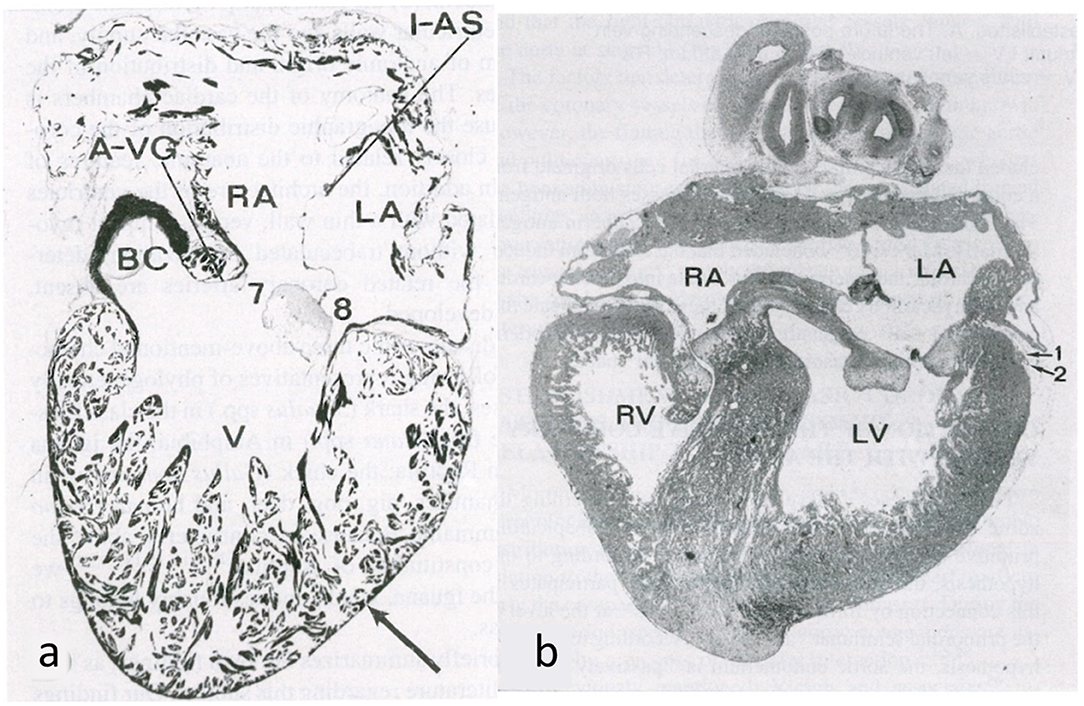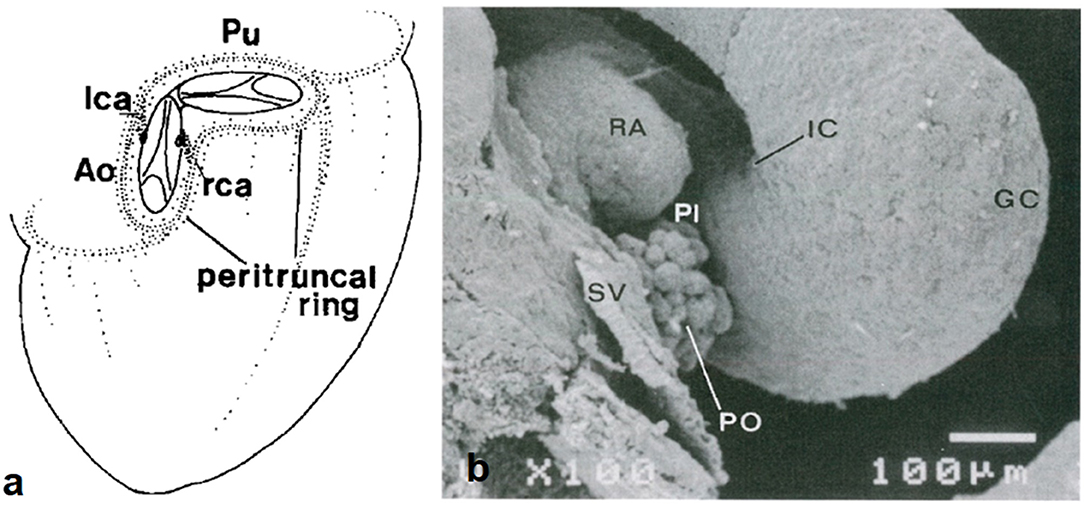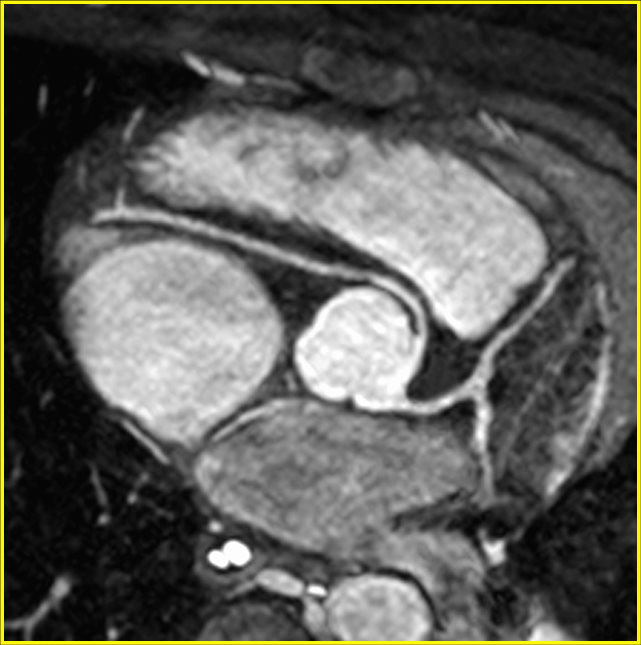Dual origins
Separate development – bi- partite origins
Marriage of convenience
Epicardial Component
Embryology of Coronary Stems. Both subepicardial CAs and veins are extracardiac in origin, deriving from epicardial cells (13, 14). Their development begins with the formation of a plexus-like vasculature located in the subepicardium, which invades the myocardium and develops small vessels and capillaries.
At the time of spongy myocardium, intramural blood supply derives directly by the ventricular cavities, whereas later, at the time of myocardial compaction, vascularization originates from the subepicardial network.
Embryology of Coronary Stems. Both subepicardial CAs and veins are extracardiac in origin, deriving from epicardial cells (13, 14). Their development begins with the formation of a plexus-like vasculature located in the subepicardium, which invades the myocardium and develops small vessels and capillaries.
This source of blood to the primitive spongy myocardium disappears

Thiene, G et al Coronary Arteries: Normal Anatomy With Historical Notes and Embryology of Main Stems Front. Cardiovasc. Med., 31 May 2021

Thiene, G et al Coronary Arteries: Normal Anatomy With Historical Notes and Embryology of Main Stems Front. Cardiovasc. Med., 31 May 2021
with the myocardial compaction

Normal Angiogram
Ashley Davidoff MD

Ashley Davidoff
thecommonvein.net

60 year old male with a history of MI with LAD stent. Coronary angiogram suggested anomalous origin of the right coronary artery
CTA of the coronaries shows anomalous origin of the RCA from the left coronary cusp with inter-arterial course. There is narrowing of the proximal RCA as it courses between the PA and aorta
Ashley Davidoff MD

origin Wiki Commons
44647b05

(Frank L et al Cardiovascular MR Imaging of Conotruncal Anomalies Radiographics)

60 year old male with a history of MI with LAD stent. Coronary angiogram suggested anomalous origin of the right coronary artery
CTA of the coronaries shows anomalous origin of the RCA from the left coronary cusp with inter-arterial course. There is narrowing of the proximal RCA as it courses between the PA and aorta
Ashley Davidoff MD

Right Coronary Angiogram shows anomalous origin of the Circumflex from the Right coronary cusp. This is the most common anomaly of the coronary arteries
Ashley Davidoff MD
Links and References
Thiene, G et al Coronary Arteries: Normal Anatomy With Historical Notes and Embryology of Main Stems Front. Cardiovasc. Med., 31 May 2021
